Boston is one of the most historically and culturally significant cities in the United States by way of the number of landmark sites where famous events of the American Revolution took place. Many of these sites have been linked together by a route called “The Freedom Trail”, and it’s easily one of the most popular ways of exploring Boston on foot.
The route itself is about 4 km, and I started on it at about 9:30 AM at the Massachusetts State House after my exploration of Beacon Hill.
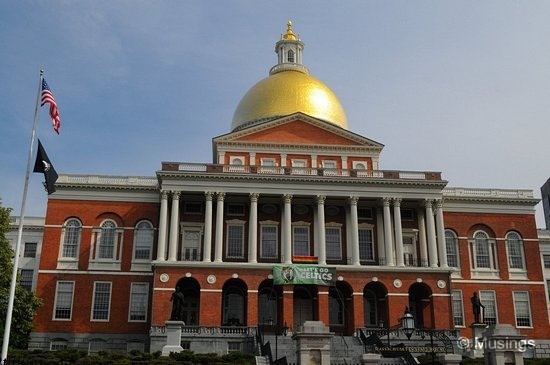
The Mass. State House has a distinctive copper and gold dome, which one might remember from films set in Boston (e.g. The Departed). The house wasn’t open for public visitations though on Saturday morning, and there was activity going on on its footsteps. I think there were some persons preparing for a parade of some sort (there *was* a parade going on later that day on gay rights).
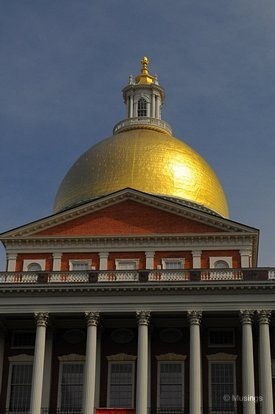
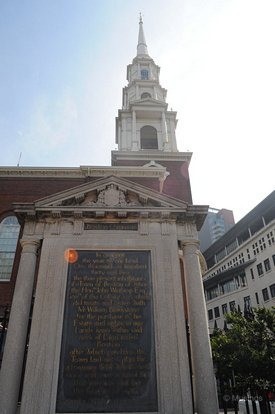
Walking down Park Street from the State House with the Boston Common on my left, I eventually came to Park Street Church at the intersection of Park Street and Tremont Street.
The church was established in 1810, and according to the Eyewitness Travel guide was commissioned by parishioners as they wanted a Congregational church right in the heart of Boston city.
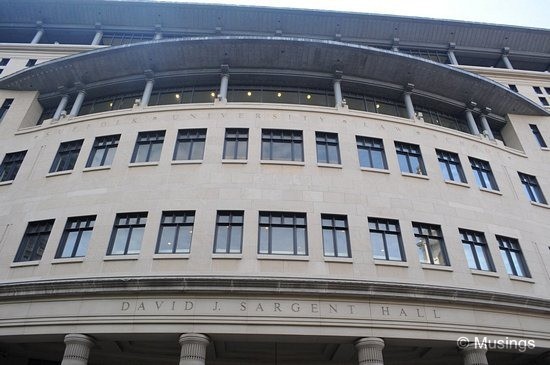
The trail continued along Tremont Street, and there was a large looking modern building that reminded me of Canteen One and the Main Library at NTU. This one belongs to Suffolk University’s Law School.
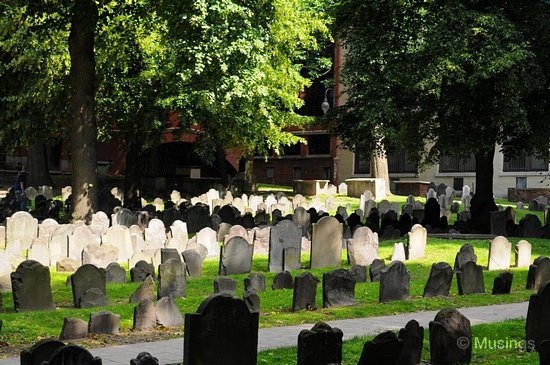
Right near to Park Street Church and almost opposite to the David J. Sargent Hall was the Granary Burying Ground, where some of the most important heroes and signatories of the Declaration of Independence were buried.
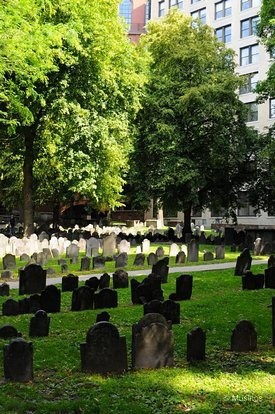
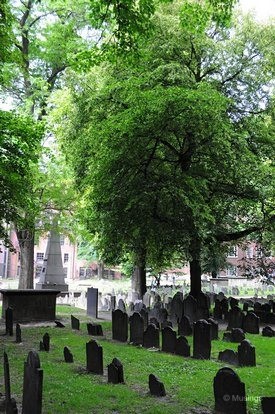
I felt an incredible sense of awe as at the weight of history of these persons I read about as a child as I explored the grounds. There was a very serene and quiet feeling about the area, despite it being next to a busy street.
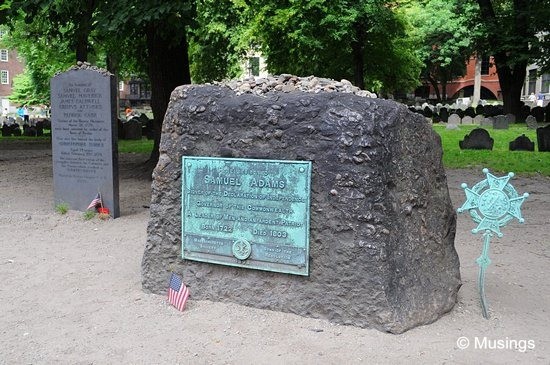
The tombstone of Samuel Adams, statesman, philosopher and one of America’s Founding Fathers.
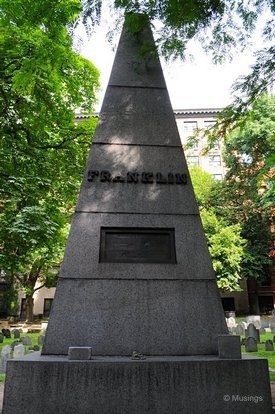
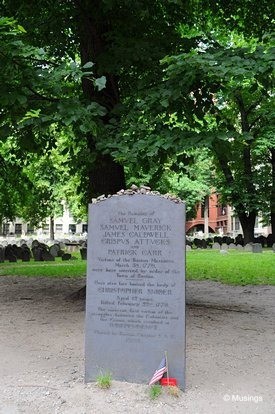
Benjamin Franklin’s parents were buried here too, alongside victims of the infamous Boston Massacre in 1770, an incident which sparked rebellion in some of the British-America colonies which snowballed into the American Revolution.
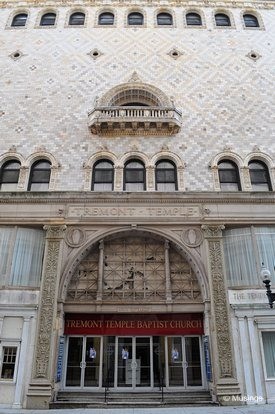
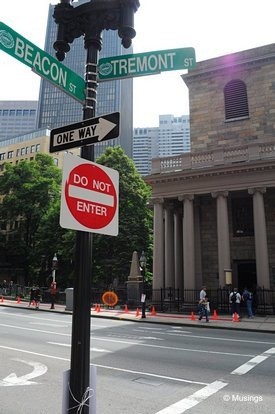
Continuing along on Tremont Street, the trail required a right turn down School Street at the intersection between Tremont and Beacon Streets, though the trail suggested a short detour to King’s Chapel and Burying Ground:
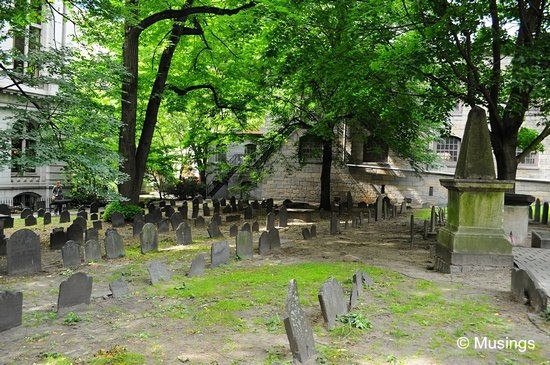
Persons interred in the grounds included John Winthrop, governor of Massachusetts Bay Colony, and Elizabeth Pain (d. 1704), a Boston resident whose tomb stone said to the inspiration for characters in Nathaniel Hawthorne’s 1850 novel The Scarlet Letter.
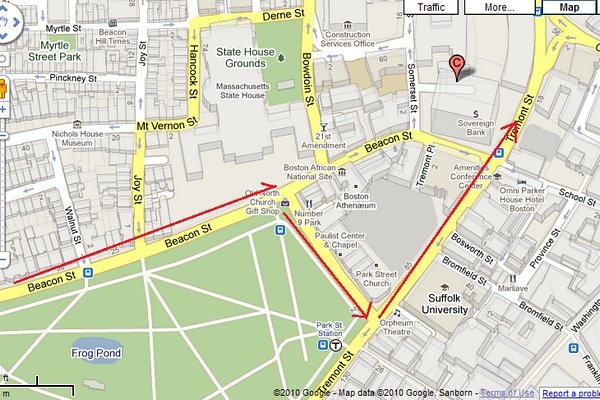
The trail continues to Old City Hall and the Corner Bookstore – to be blogged.:)
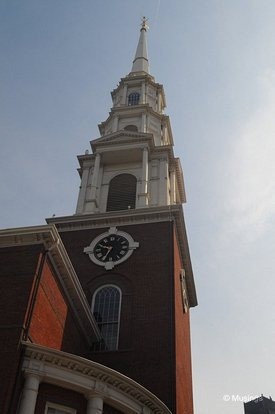
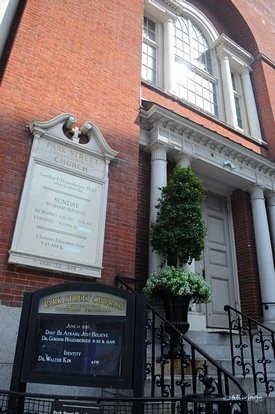
Recent comments